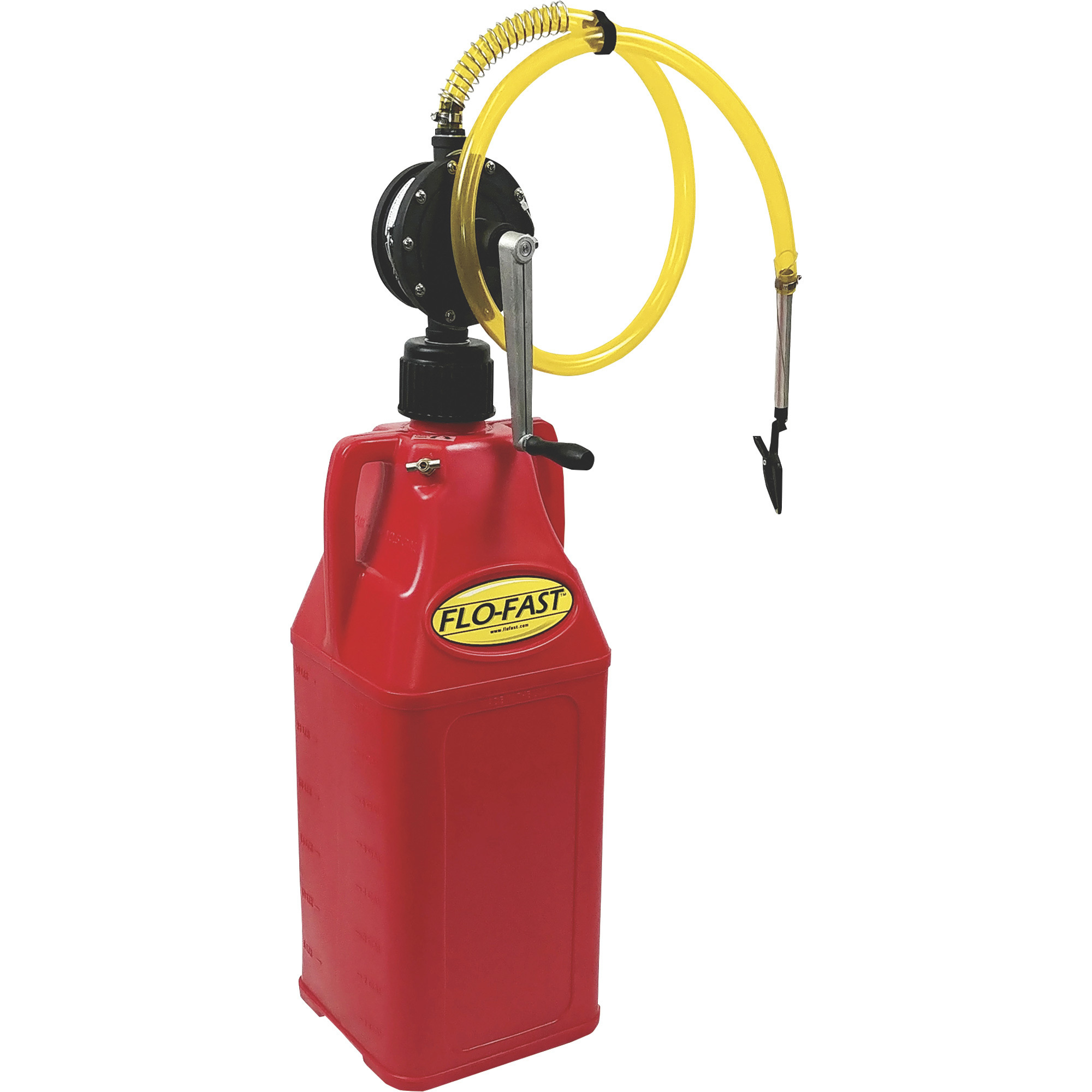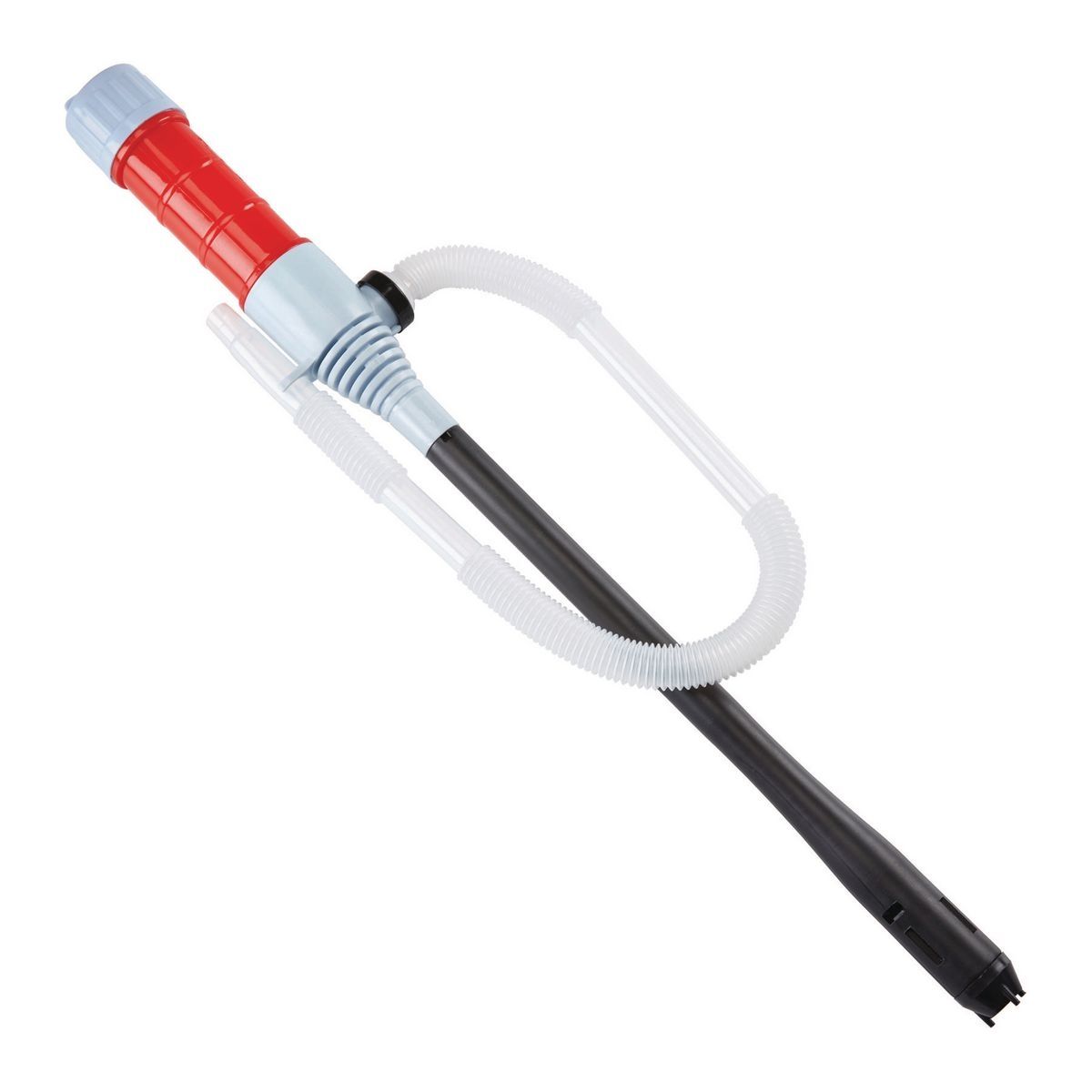Coming back to the OP's need to transfer fuel... If anybody is looking for an inexpensive way of doing it, this (or a very close relative) is what I've been using for years.
Amazing deals on this Transfer Pump Battery Operated at Harbor Freight. Quality tools & low prices.

www.harborfreight.com
I'm constantly surprised how well this work. Yes, the pump is doing some of the work and siphon effect is doing some of the work. A pair of D-cell batteries lasts a long time (like a year's worth of flying!).
When the jerry can is empty or I've transferred as much fuel as I wish, the pump is turned off and removed from the jerry can, allowing any remaining fuel to drain downhill into both the aircraft and the jerry can.
This is about as simple and cheap a pumping system as one can get, and, in my experience, it has proven to be very effective.







